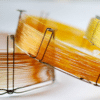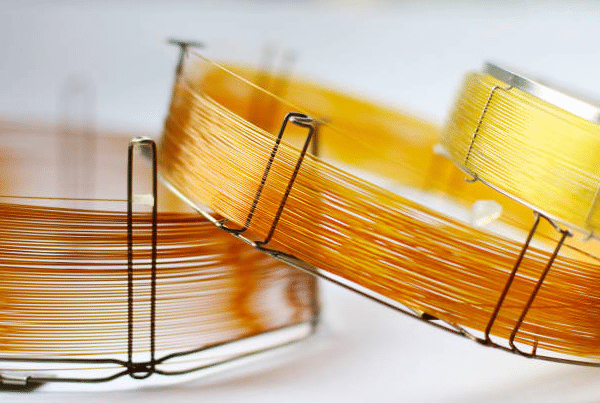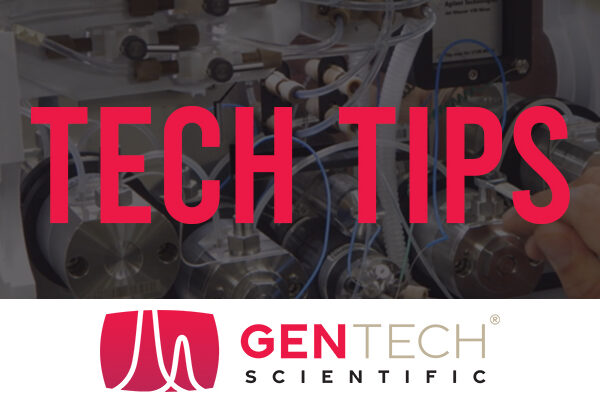Many aspects of gas chromatography can only be learned from experience and repeated use of the equipment. Read on for some common dos and don’ts that GC operators learn from frequent experience with the instruments.
The Dos
Confirm Gas Purity
The carrier gas is crucial to the function of a GC. Along with having the correct carrier gas for the operation, operators must confirm the gas’s purity. Gas chromatography operations should only utilize gas with 99.99 percent purity. Otherwise, it could cause accelerated degradation and damage to the hardware.
Plus, it ensures that the lab gets the high-quality, pure gas it is paying for, and they’re not being bilked. Labs can confirm gas quality by testing with gas panels and gas filters. It’s important to prevent any potential contaminations by hydrocarbons and oxygen.
Install Quality Pressure Regulators
Another aspect where gas chromatography operators frequently cut corners is the pressure regulator. While gas-delivery services are integral to the success and accuracy of GC operations, they’re often not given a second thought.
High-quality dual-stage regulators are much better than single-stage gas regulators, considered old and unsuitable for scientific accuracy. Dual-stage regulators incorporate durable seals that prevent atmospheric oxygen. These regulators even include a safety vent to direct away high-pressure gas into the atmosphere in the case of emergency failure.
The Don’ts
Neglect Maintenance
One of the most common mistakes labs make with their gas chromatography instruments is neglecting critical preventative maintenance. Periodic maintenance too often falls away as operators and labs become busy. This can develop a mentality of fixing problems as they arise instead of preventing them.
But neglecting minor and seemingly insignificant issues results in inevitable major failures later on and often makes the damage worse. Gas chromatography equipment and its components must be cleaned after every use to prevent contaminant buildup. Replacement of worn parts and any other minor repairs should be performed immediately.
Overwrap Gas Fittings
Another common mistake many inexperienced gas chromatography operators make is overwrapping the seals and other components, particularly the gas fittings. It does make some sense to be more safe than sorry regarding tape and sealing fittings. But too often it’s a waste that does more harm than good.
Too often, operators put tape on fitting threads that don’t even provide a seal. Or put tape on parts where it could damage the equipment instead of sealing a leak. Two layers of sealing tape should be sufficient for any threaded portion of fittings and pipes. Any more than that is likely unnecessary.
Conclusion
We hope our explainer on the dos and don’ts of gas chromatography operations has been helpful and informative. If your lab needs new, affordable gas chromatography equipment or other lab instruments, browse GenTech Scientific’s wide selection of used lab equipment today.







